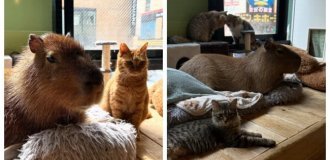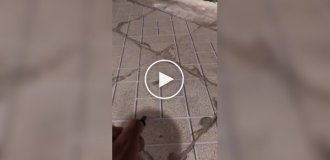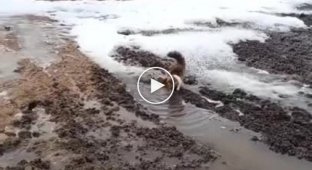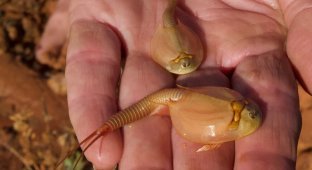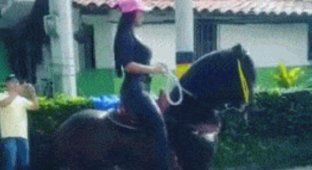Rotifer: lives in a nearby puddle and sleeps for 25,000 years (9 photos)
This creature is the smallest multicellular animal on the planet. It can rise from the dead after 25,000 years of freezing. And its face looks like chainsaws. And it lives in literally every puddle! 
Guys, put away the cameras, we're naked!
Rotifers are tiny protostomes. They're not bacteria, slugs, or worms, but a distinct type of multicellular organism, unlike anything else. Rotifers are found everywhere: in seawater, freshwater bodies, soil, even the next puddle! There are currently over 1,500 known species. Why haven't you ever seen them? Because it's impossible to see these microscopic creatures without a microscope. 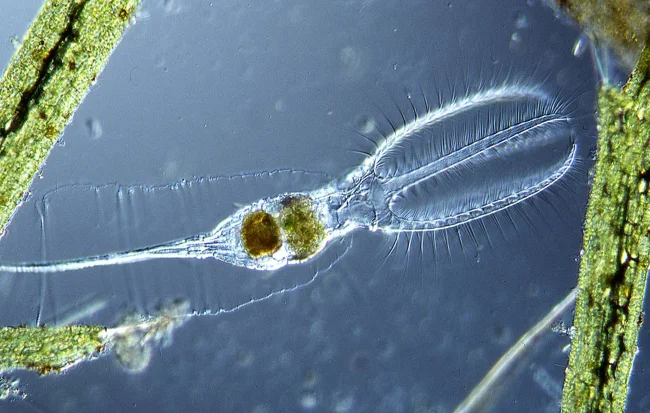
This is what the soul of a comb might look like.
Most species grow no more than 1 mm in length. And the smallest representative of the phylum, Ascomorpha minima, is a record-holder among multicellular organisms—a mere 40 microns! Even single-celled organisms eat them—some ciliates are simply larger! However, these 40 microns contain the digestive, reproductive, nervous, and excretory systems. The rotifer even has muscles and glands, wow! 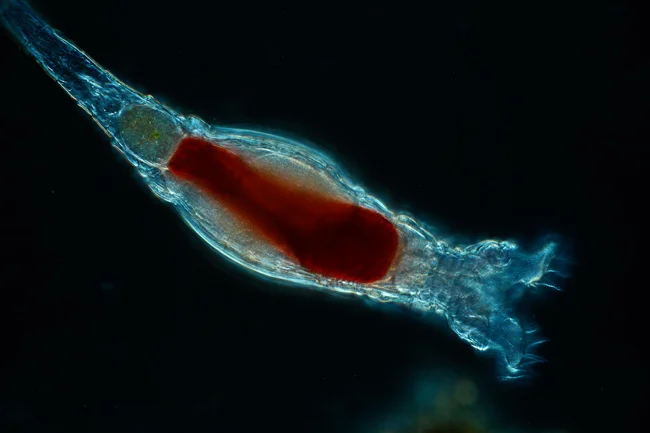
Even a rotifer has muscles! Do you?
The little one's main weapon is a "rotator chainsaw." A bizarre device with corollas and rotating cilia, growing directly from its head. Hence the name. They spin so fast that the human eye can't detect them. 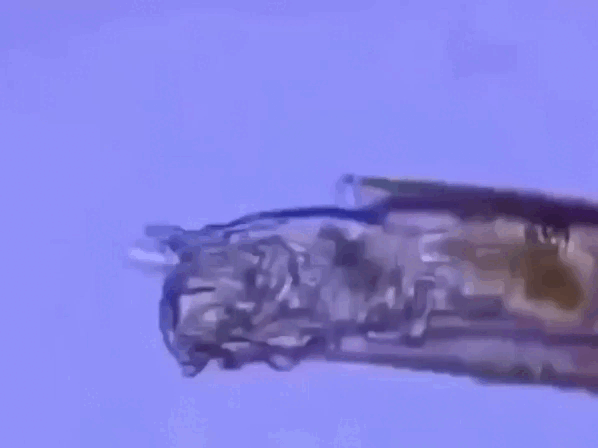
Game on!
The rotifer is a very useful tool. It rakes organic matter, both living and dead, into its mouth. It's very convenient: you don't even have to worry about getting food; everything goes right into its stomach! If the little one belongs to a predatory species, in addition to chainsaws, it uses retractable jaws with teeth. Having grabbed its prey, the rotifer calmly drags it straight into the millstones, grinding it into pieces. The movie "Saw" is a total joke! Using chainsaws built into its face, the rotifer not only grabs and slices, but also moves. The vigorous movement of its cilia propels the animal forward. The rotifer has only one fully functional limb for locomotion—a puny leg at the end of its body. 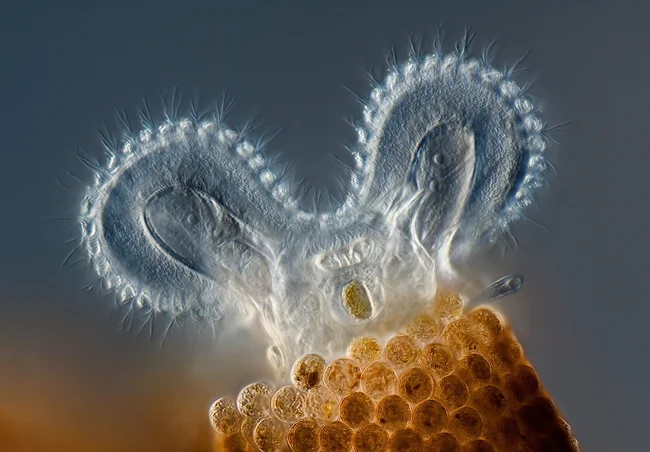
Not all rotifers are free-moving. Some species anchor themselves to the substrate and cement themselves to the terrain, detaching only when absolutely necessary.
In the realm of the microcosm, the rotifer is a merciless machine for destroying all that exists. But its total dominance vanishes as soon as an animal larger than a centimeter appears nearby. Rotifers have no defense against predators: no venom, no armor, no claws or fangs. Their microscopic size and total lack of weapons make it seem as if the rotifer is doomed to disappear into the oblivion of evolutionary history. But believe me, this tiny creature will outlive us all. Because this creature can rise from the dead. 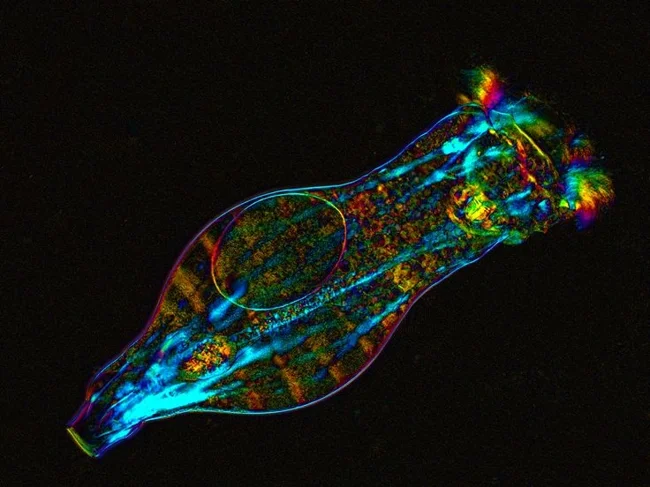
Rotifers were initially classified as primary cavity worms due to their body shape and organization. But later, they were classified as a separate phylum.
If you find yourself in a desert, your body will completely lose water. There's a 100% chance that all that's left of you is a desiccated mummy, scorched by the scorching sun. The rotifer also dries out, leaving not a gram of water in its body, but it can remain in this state for several millennia! And when it receives a life-giving drop, it will rise from the "dead" as if nothing had happened! 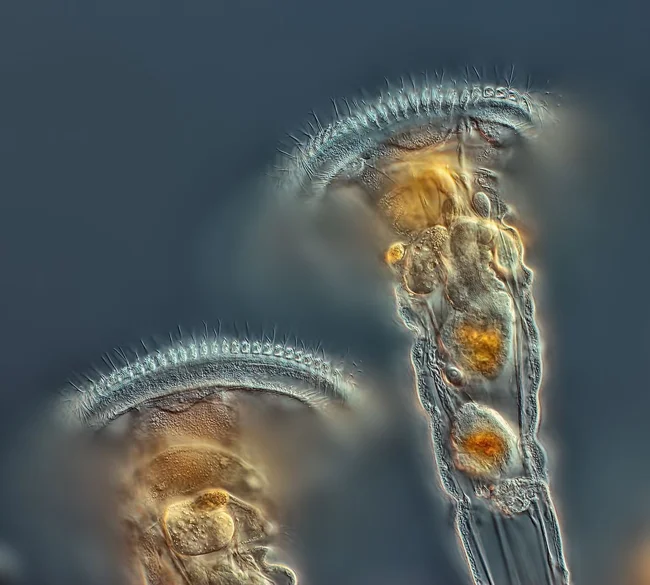
Those same little flowers you remember once a month, when they're almost wilted.
The miracle little thing also ignores frost. Research shows this: scientists collected permafrost soil from Yakutia at a depth of 3.5 meters below the surface. They saw rotifers there, warmed them, and they came back to life! And everything would be fine, except these animals had been trapped in the ice for 24,000 years! Carbon dating and genetic analysis have shown this. 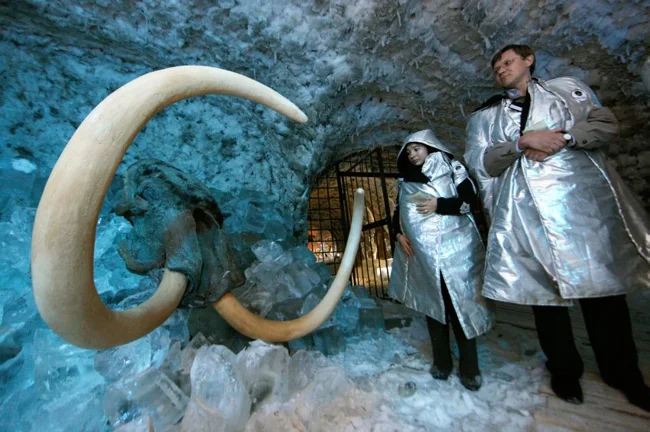
Mammoths aren't being resurrected yet, but rotifers are a different story!
One of their survival mechanisms is hidden in the reproductive process. In comfortable conditions, all rotifers are born female and reproduce without fertilization, through parthenogenesis (where a creature creates copies of itself). But when harsh times arrive, such as impending frosts or drought, part of the population becomes male. Eggs fertilized by the male sex are particularly resilient thanks to their thick shell. Embryos can survive within it for thousands of years. Once the environment stabilizes, the eggs hatch into females, and the cycle is complete. 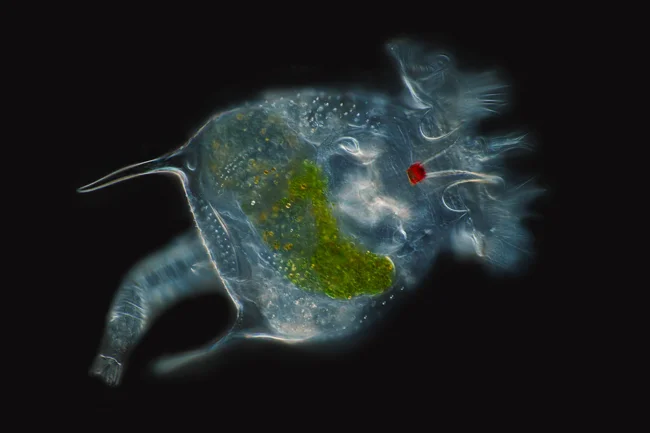
Is it a boy or a girl? Please decide for yourself...
Some classes of rotifers, called Bdelloidea, have gone their entire evolutionary history without sexual reproduction. Yet, their species diversity only grows. But where do these new genes come from, Karl?! Random mutations alone won't get you very far. It turns out it's simple: these little creatures manage to steal genes from smaller organisms that become their prey. They introduce new mutations through their food! What can you say: nature itself is the best science fiction writer and wizard. It's just that it's not always easy to spot with the naked eye.







